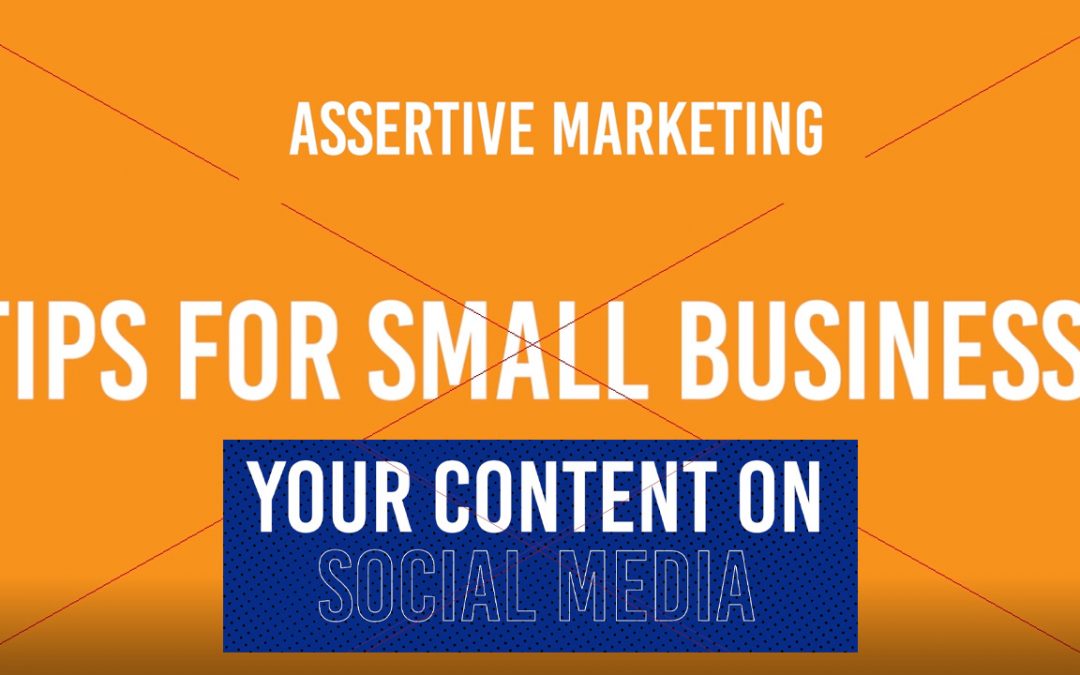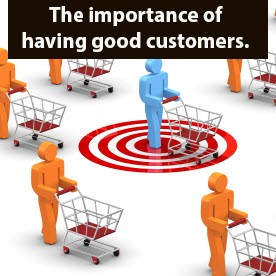Local Director
Normally I write about local manufacturing or marketing but this time I want to write about a different topic. Although this still has a local homemade feel about it. I recently went to a world premiere of a feature film called “Surrogate.” It is written and directed by an old friend of mine David Willing. More about him later. The night was fantastic as it was at an independent cinema in Yarraville called the Sun Theatre. I just wanted to tell you about the film and my experience.
Now I must note that although I really love films, (I wanted to be a script writer at one stage in my life) I had not been to a cinema in about 15 years. I just like watching them at home without the crowds. This time I had to experience it with everyone else, that’s how premieres work. But this crowd was different. It was full of family, friends and acquaintances of the cast and crew so there was a local feel about it. I even had a quick chat to David the director just before the crowd started to appear, wishing him well on the achievement of what he had already done.
I went inside the cinema early so I could sit and relax and get a feel for the place. Then as everyone entered the host went to the front of the screen area and gave a welcome and introduced the director. David is a quiet speaking guy that has a polite enthusiastic way about him. He gave a quick talk thanking us all for being here at the very first public screening of what was his 6-year project. He thanked his cast and crew for all their efforts to get everything to where it was today.
He then started to talk about a few special actors. There were three in particular, all of them 9-year-old girls when they filmed the scenes. They were essential to the story that he wanted to tell in the film. I should also note that this was a horror film. He talked about one of the girls who held a scene that went for 7 minutes, and he was amazed at the way this girl carried herself in what after seeing the scene, was tense for me when I saw it in the film. So, when he sat down in the audience, I was excited to see what the scene was all about.
The film starts with the main character Natalie (played brilliantly by Kestie Morassi), a female single parent with a 9-year-old daughter. She is at her workplace in a doctors practice when she is disturbed by what seemed to be a crazy old lady asking for the doctor to help her. The surgery is closed so Natalie can’t help. So, the old lady staggers away. On her way home Natalie stops at a local petrol station and the old lady appears again. This time the old lady collapses, and Natalie tries in vain to revive her. That’s when all hell breaks loose.
The film wastes no time in getting to the story while also building the characters to a level where you start to feel for them and wish that what is troubling them would just go away and let them be. But it doesn’t. No spoiler alerts here, David will kill me, but I will say that what this film delivers is a dark and horrifying series of events that leads to a conclusion that not even I, knowing David’s mind had expected.
To explain what I mean by knowing David’s mind I need to tell you how I know him. Yes, I am going to talk about myself a bit and people who know me would not be surprised, but here we go. In the early 2000’s I wanted to become a script writer as I just wanted to be part of the film scene. Long story short I wasn’t any good, so I gave it up. At the time I started to go to industry events, and I met David at one of them and we had a great conversation about the films that interested us. We started to investigate if we could start a collaboration. We used to meet for lunch many times to talk about ideas. Mine were more heart felt and emotional, his were more sinister and darker.
End result he had more drive than I did, and he had also done a university degree in film, and I was just a layman following a dream. Which is why I now run a marketing agency and he is making films. So, 20 years later I see him in front of a crowd that was about watch a feature film that he had co- written and directed not to mention co-produced. I thought what an achievement. This guy had spent most of the last 20 years or so working on small projects whilst always having the goal of making full feature films. It takes years to bring a project like this to life. Films aren’t just thought up, written, filmed then bought by someone in Hollywood with heaps of cash. Then off you go to make a new project fully funded by the powers to be. No, it takes time and dedication and I really admire that of David. The best thing is that I didn’t see a change in him, he was still that nice guy that is always open to ideas and would never put you down, just encouraged.
The film was fantastic. I was jumping out of my seat as the goose bumps took over me and, on many occasions, I felt a real chill. My wife and I have been talking about the film for the past week now and we still recall new bits that both intrigued and led us to conversations, “that’s right that happened” and “this happened”, and “she did this” and so on. In a world of superhero action films where they are viewed and then quickly forgotten this film kept us discussing and wanting to find out more. This was even after we had a Q&A with the director and cast, I still need to know more. That’s rare these days.
So, to talk about the local aspect of the film. You can’t get anymore local than an old friend being that “Hollywoodesque” director. Even at the premiere you could see the families of the cast and crew and proud parents, especially Taysha Ferrugia the 9-year-old girl who played Rose Paxton a key role in the film. I am so glad I went back to the cinema to live that experience. Maybe I’ll go again when David’s next film is released. And I’m sure there will be a next film, hopefully this time Hollywood will notice.
See the Film at the Sun Theatre Yarraville



















